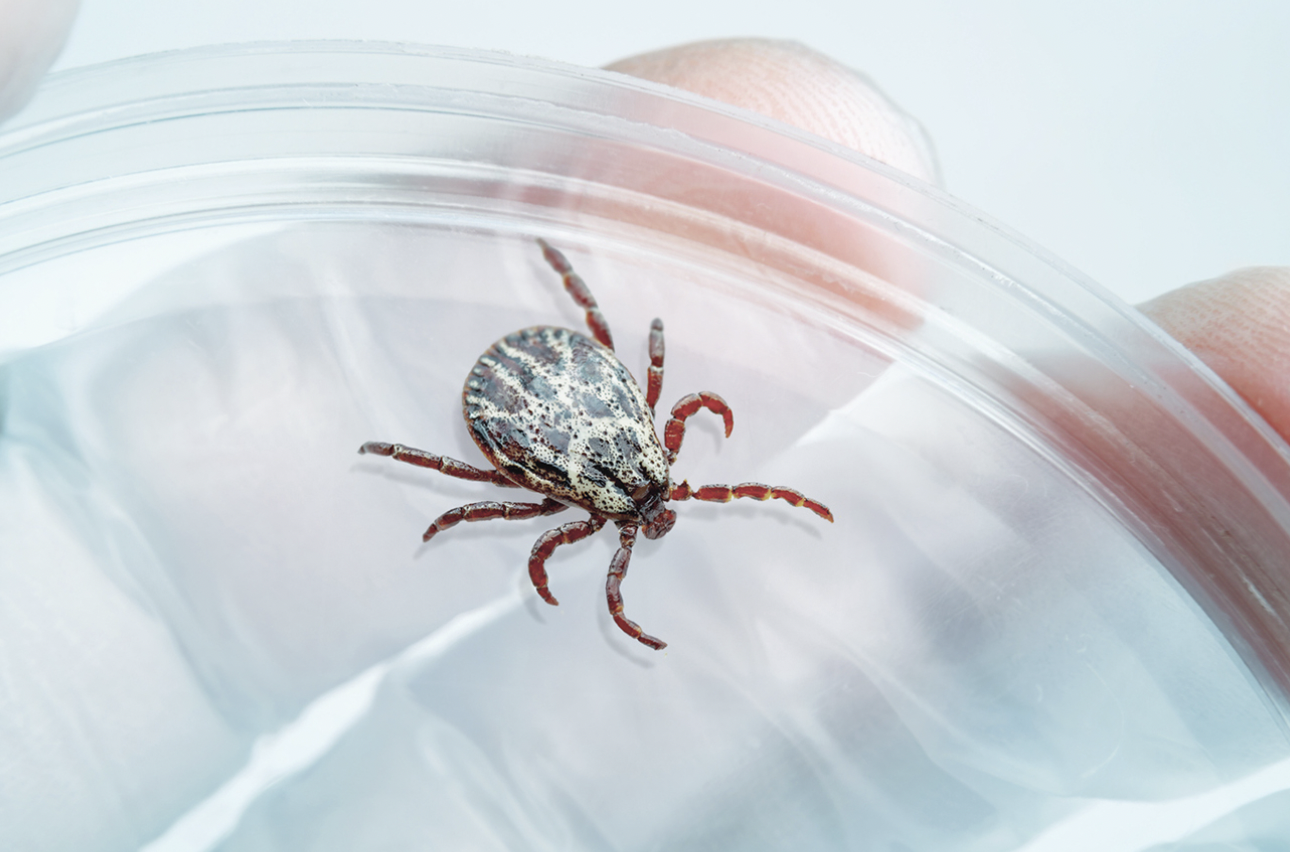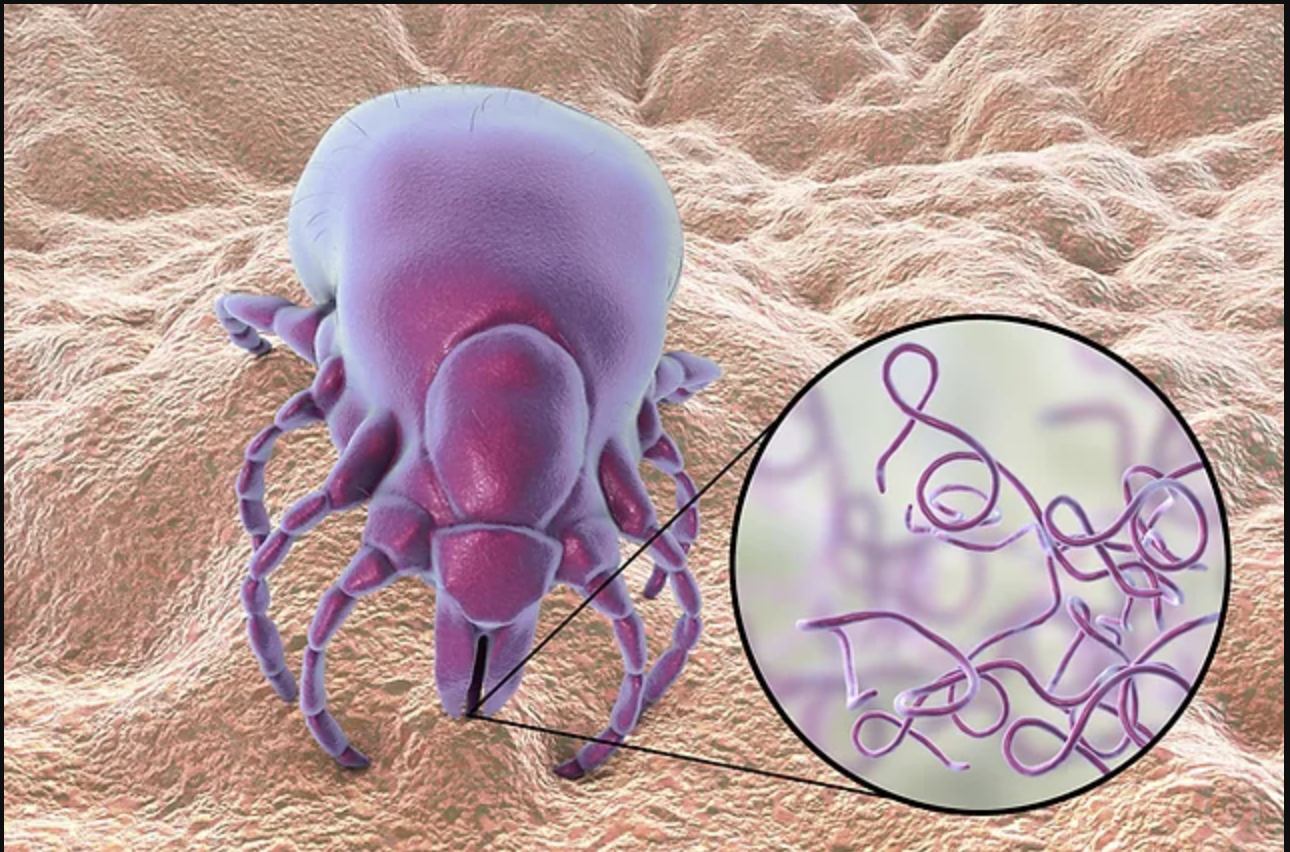Does the thought of Lyme disease make you look forward to spending time outdoors? Here are some ways to reduce your risk of getting Lyme disease.
What is Lyme disease?
Lyme disease is an infection caused by a certain type of bacteria. The bacteria can be transmitted to humans through infected tick bites. Infections can cause problems with the skin, heart, brain and joints. Antibiotic treatment usually cures Lyme disease, especially if started early. Rarely, symptoms of Lyme disease persist after treatment.

Does every tick bite cause Lyme disease?
No, only deer ticks (sometimes called blacklegged ticks) cause Lyme disease. Most people bitten by one of these ticks usually do not develop Lyme disease because:
Only a small number of these ticks are infected with the bacteria that cause Lyme disease.
An infected tick must be attached for at least 1-2 days to spread the bacteria further.
Who suffers from Lyme disease?
Anyone bitten by an infected deer tick can develop Lyme disease. Most cases of Lyme disease in the U.S. occur in Connecticut, Delaware, Maine, Maryland, Massachusetts, Minnesota, New Hampshire, New Jersey, New York, Pennsylvania, Rhode Island, Vermont, Virginia, and Wisconsin. But Lyme disease can also be found in other parts of the world.
In addition to living in one of these areas, other things that can increase your risk include:
- Spending a lot of time outdoors in tall grass, bushes, bushes, or wooded areas
- Keeping pets that may harbor ticks indoors
- Activities such as gardening, hiking, camping, fishing or hunting in tick-infested areas.
Can I prevent Lyme disease?
Not all cases of Lyme disease can be prevented. However, you can protect yourself against tick bites. If you visit a place where ticks live, remember to:
- Keep to the center of the path rather than crossing tall grass or forest.
- Wear closed shoes or boots, long-sleeved shirts and long pants. Tuck the legs of your panties into your shoes or boots to prevent ticks from crawling up your legs.
- Use insect repellent.
- Consider applying permethrin to your clothing and equipment to keep ticks at bay.
- Wear light-colored clothes to make it easier to spot the tick.
- Shower and wash your hair after going outside to remove ticks before they attach.
Remove any ticks immediately.
How to remove a tick?
You should know how to remove a tick if it has bitten you or a friend. To be safe, remove the tick as soon as possible.
If you find a tick:
- Call your doctor, who will likely want you to save the tick after it has been removed so that it can later be identified as a tick that may transmit Lyme disease. For safety, you can keep the tick in a tightly closed container.
- Use tweezers to firmly grasp the tick by its head or mouth near the skin.
- Pull the tick firmly and evenly until it separates from the skin. If part of the tick remains in your skin, don’t worry. It will come out eventually. However, if you notice any irritation or symptoms of Lyme disease in this area, see your doctor.
- Clean the bite site with alcohol.
Note: Do not use Vaseline or burning matches to kill ticks. They will not remove the tick from the skin quickly enough and may cause deep welts on the skin.
